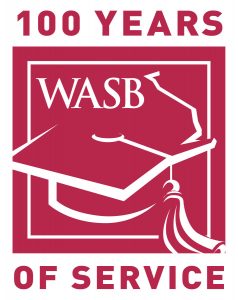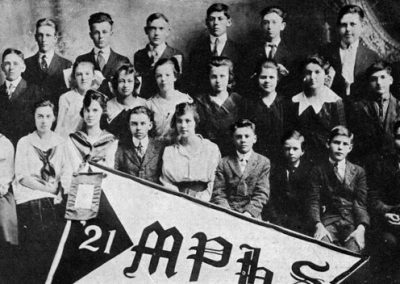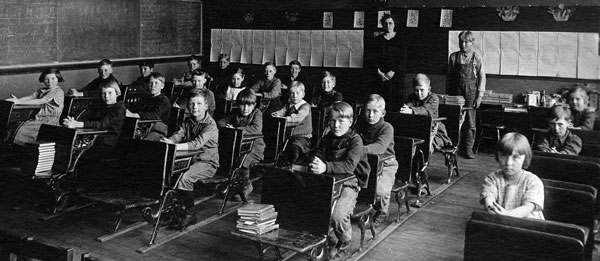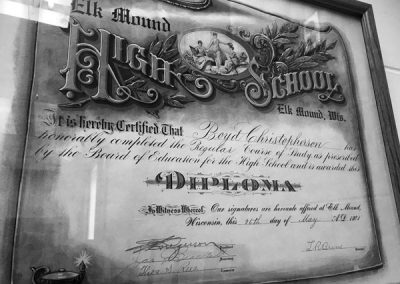 The 1920s
The 1920s
Following the austerity and hardship from the “war to end all wars,” the country transitioned to a free-spending, less inhibited consumer society, where credit increased, along with ballooning personal debt. Spending on recreation tripled during the decade, including movies, theater, travel, amusement parks and sports.
But prosperity manifested itself in other ways. By the decade’s end, two of three homes were electrified (only one in 10 at the century’s turn). Manufacturing rose over 60 percent with cars, roads, appliances and homes leading the way. While there was the appearance of a carefree decade, tribalism and conformity lurked beneath the surface. The 1924 National Origins Act drastically restricted immigration with quotas, essentially allowing only immigrants from northern and western Europe. President Calvin Coolidge said, “Biological laws tell us that certain divergent people will not mix or blend.”
When the stock market crashed in October 1929, over $30 billion in US capital vanished and frivolity ended as the world spun into economic chaos. The Great Depression ended the decade also remembered for flappers and the Charleston, the “Black” Sox scandal, Harlem’s Cotton Club, Emily Post’s Etiquette Guide, the Teapot Dome scandal, the Scopes Trial, the St. Valentine’s Day Massacre, Mein Kampf and Reader’s Digest.
The WASB
- 1921: Newly elected and the first state superintendent of public instruction, John Callahan calls together the first meeting of the Wisconsin Association of High Schools and Graded School Boards. W.W. Albers of the Wausau School Board presides over the first meeting on February 16 at the state Capitol, where the hat is passed collecting $31.75 to defray expenses.
- 1922: The second annual convention is held in the State Senate chambers with nearly 200 board members attending, representing communities across the state; total income for the association is $957 with 26 member districts (7,739 districts statewide).
- 1923: Association bylaws are changed to base dues payment on population, ranging from $1 for rural school boards to $10 if the population exceeds 4,000.
- 1924: State Superintendent John Callahan outlines his education priorities at the annual convention discussing: uniform state certification for teachers, consolidation of rural school districts (when practical) by a vote of the people, state funding for the cost of educating mentally and physically handicapped students and closer relationships between home, business and schools.
- 1925: Lunch and dinner are served at the Loraine Hotel in Madison during the annual convention – 75 cents for lunch and $1 for dinner; public school enrollment in Wisconsin is 513,456 students.
- 1926: The association’s annual convention is held jointly with school administrators and it is decided the meeting will be held in Madison (when the Legislature is in session) or in Milwaukee.
WASB Presidents
1921 – W.W Albers – Wausau
1922 – Frank Candlish – Fond du Lac
1923 – E.H Miles – Fort Atkinson
1924 – H.H. Smith – New Richmond
1925 – H.H. Smith – New Richmond
1926 – W.A. Taege – Wausau
1927 – Gertrude Sherman – Milwaukee
1928 – Gertrude Sherman – Milwaukee
1929 – Lewis Powell – Kenosha
Our State
- 1920: The first electric blow hair dryers are invented by two Wisconsin companies – Racine Universal Motor Company and Hamilton Beach.
- 1921: Wisconsin passes the first law addressing discrimination against women; the Green Bay Packers play their first American Professional Football Association games (prior to National Football League creation).
- 1923: Following financial difficulties, The Green Bay Packers Football Corporation is formed (now Green Bay Packers, Inc.), creating the first publicly owned team.
- 1924: Sen. Robert “Fighting Bob” La Follette runs unsuccessfully for president under the Progressive banner, garnering almost five million votes, but winning only Wisconsin.
- 1927: State financial aid is provided for 4-year-old and 5-year-old kindergarten with Shorewood and Wauwatosa the first districts receiving aid; the nation’s first snowmobile patent is obtained by Carl Eliason of Sayner using a Johnson outboard motor for power.
- 1928: The state’s first school forests are established in Leona, Crandon and Waubeno.
- 1929: University of Wisconsin Professor Harry Steenbock produces Vitamin D using food irradiation and ultraviolet light.
Our Nation
- 1921: The Census Bureau reports that 51 percent of Americans live in communities greater than 2,500 and knee-length skirts are standard women’s fashion.
- 1923: President Calvin Coolidge’s address to Congress is the first presidential speech broadcast on the radio and “Yes! We Have No Bananas” is a popular hit song.
- 1924: George Gershwin composes “Rhapsody in Blue,” a Model T Ford sells for less than $300 and Wheaties is a new cereal.
- 1925: The first National Spelling Bee is held in Washington D.C., and the U.S. State Department recognizes the right of women to retain their birth name following marriage.
- 1926: The Harlem Globetrotters begin entertaining basketball fans and legerdemain Harry Houdini, who grew up in Appleton, dies.
- 1927: The “iron lung” is created by Harvard scientists, allowing paralyzed patients suffering from polio and other maladies to stay alive for curative treatments; work begins on Mt. Rushmore in South Dakota.
- 1928: Steamboat Willie – the animated precursor to Mickey Mouse – stars in the first animated film with synchronized audio.
- 1929: The first in-flight movie is shown on trip from Minneapolis to Chicago; Buck Rogers in introduced to comic readers; and the Marx Brothers’ first film, “Cocoanuts,” is released.





